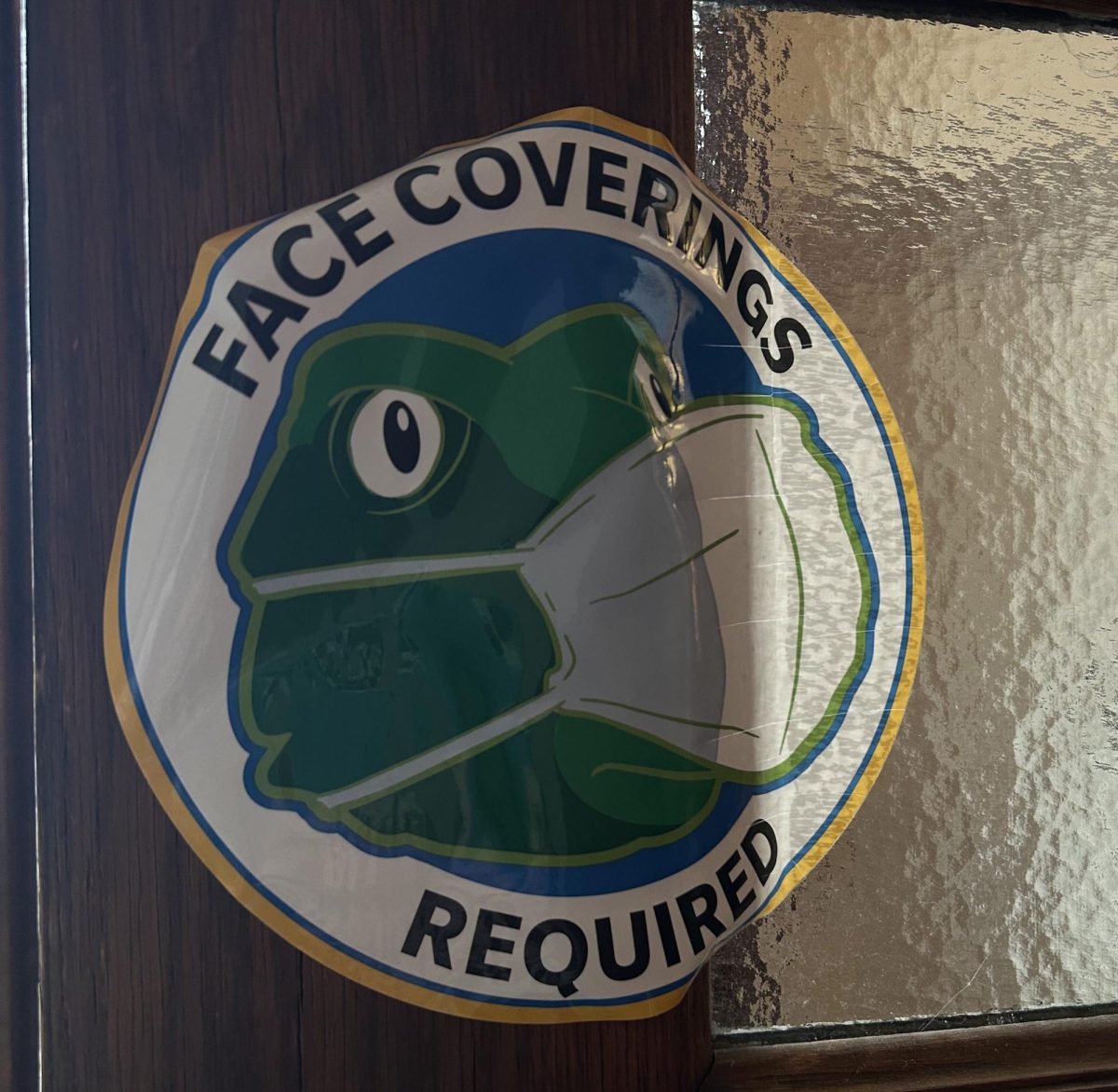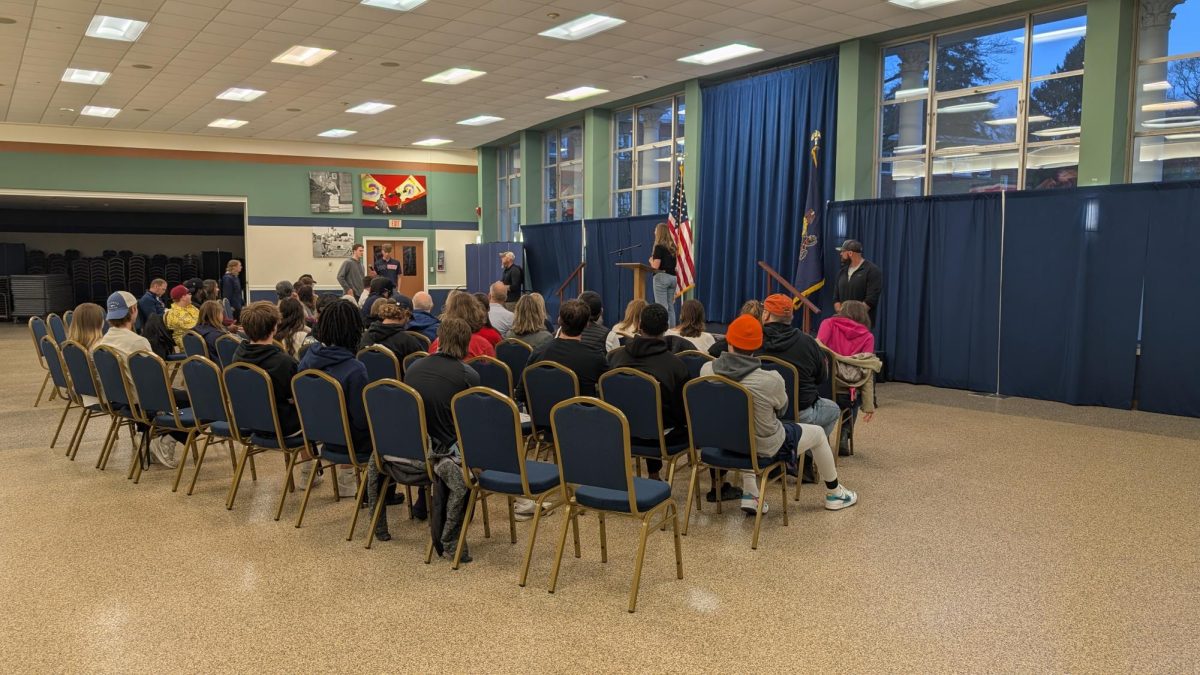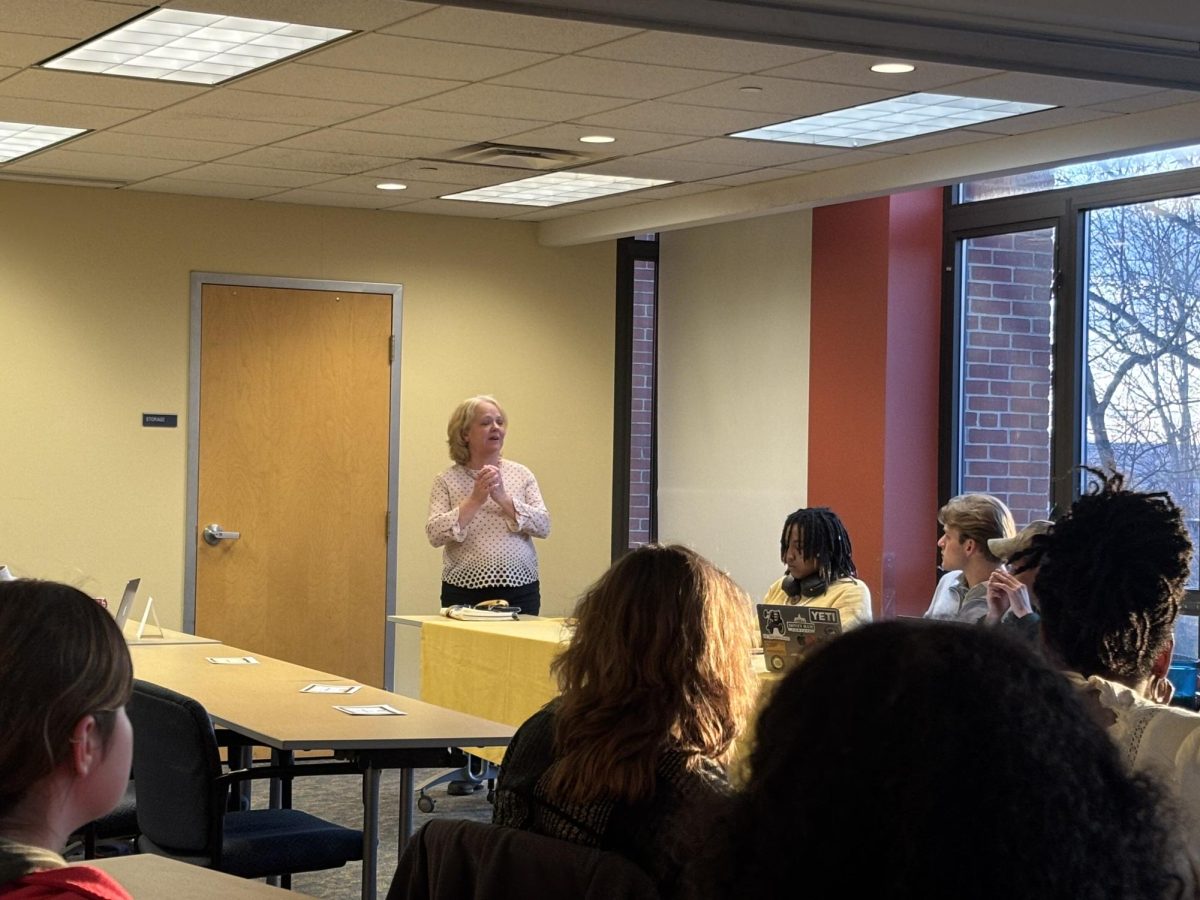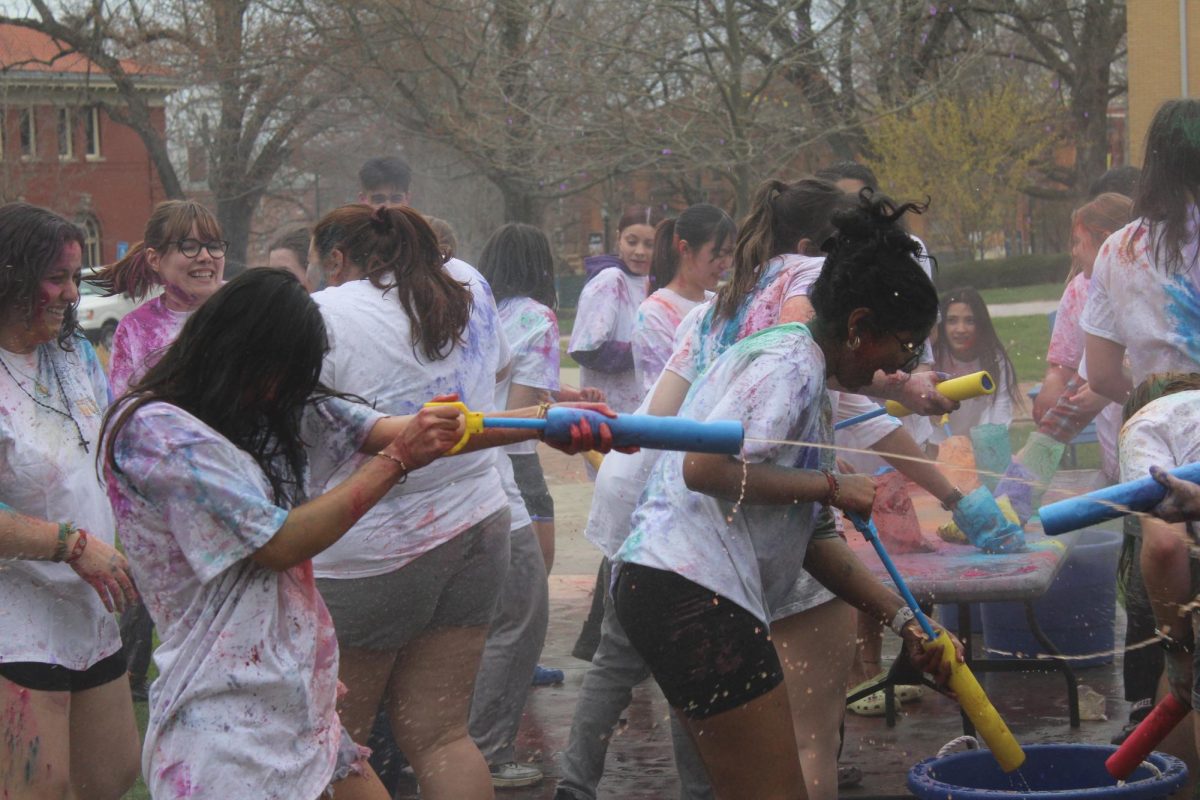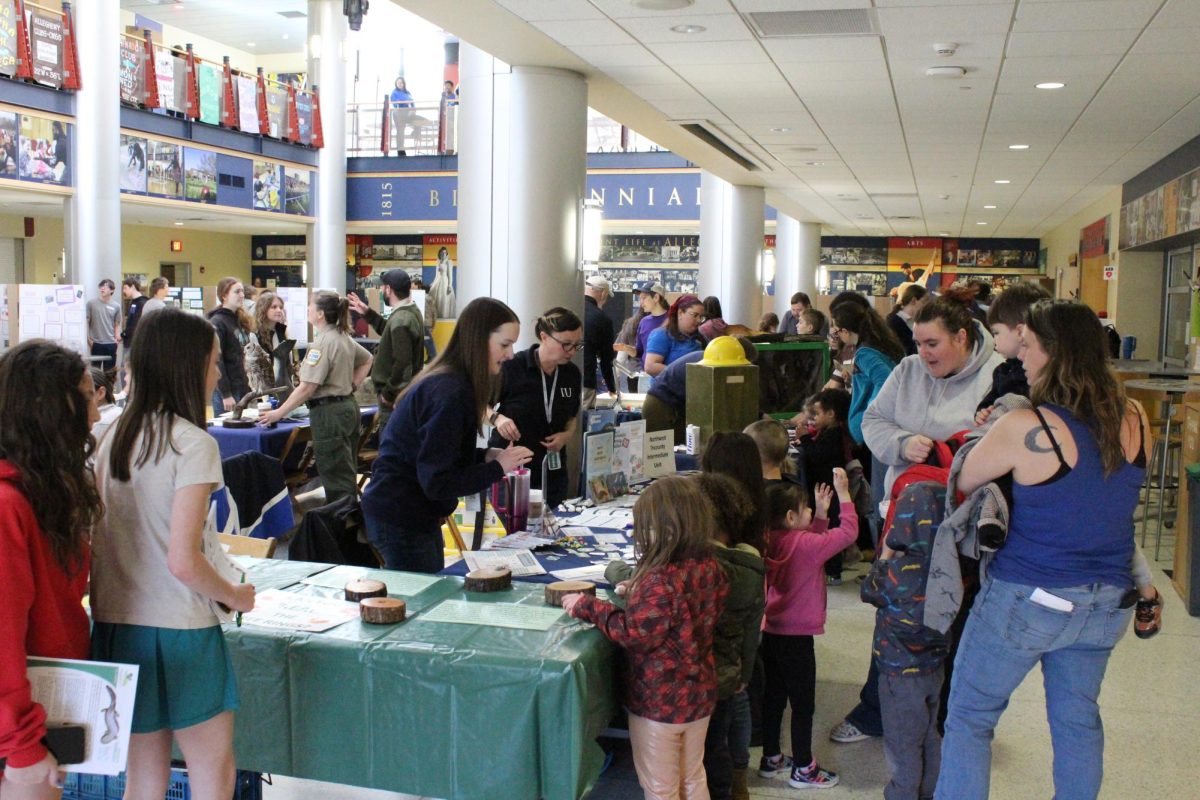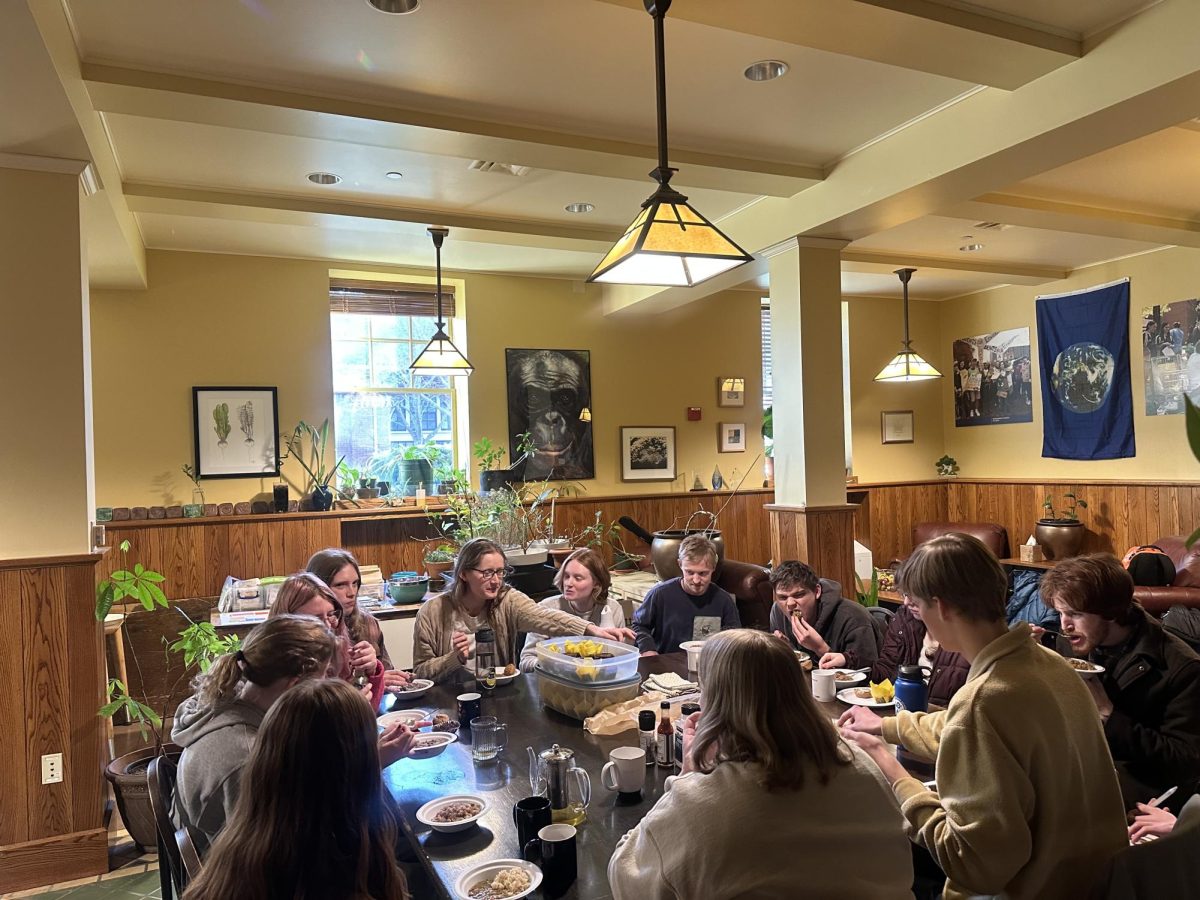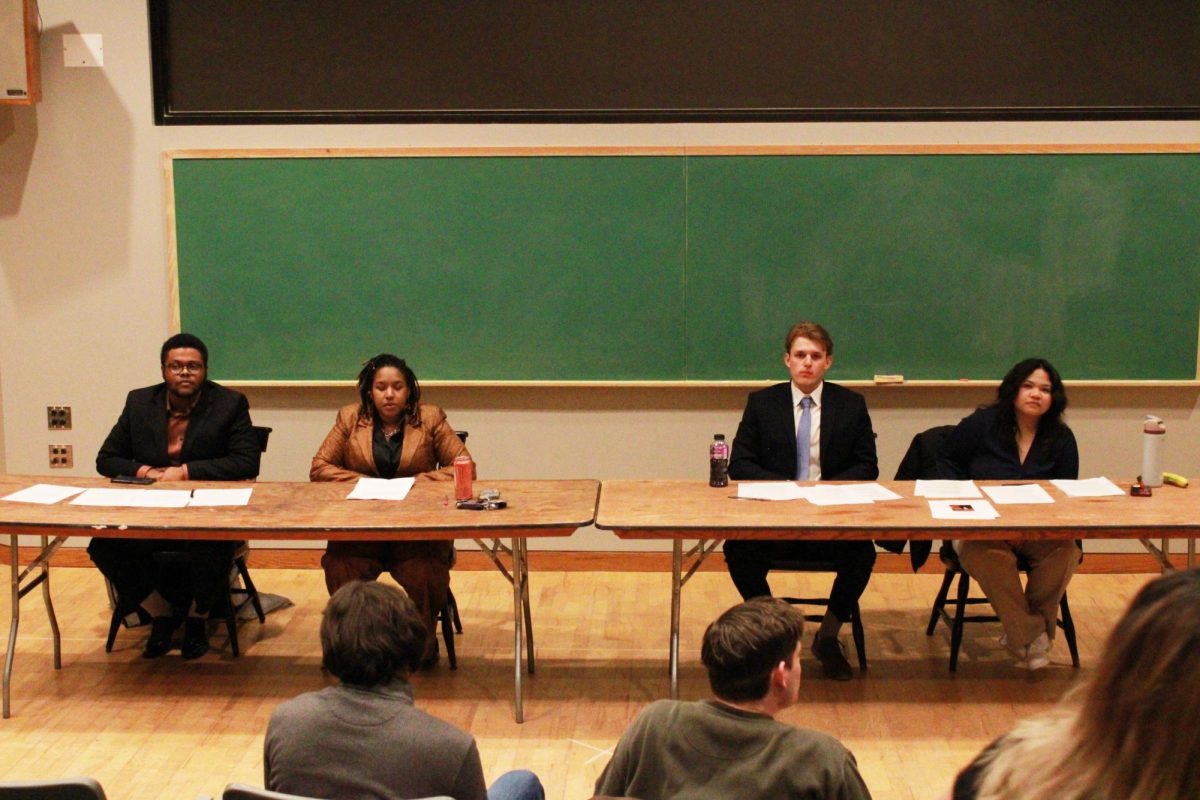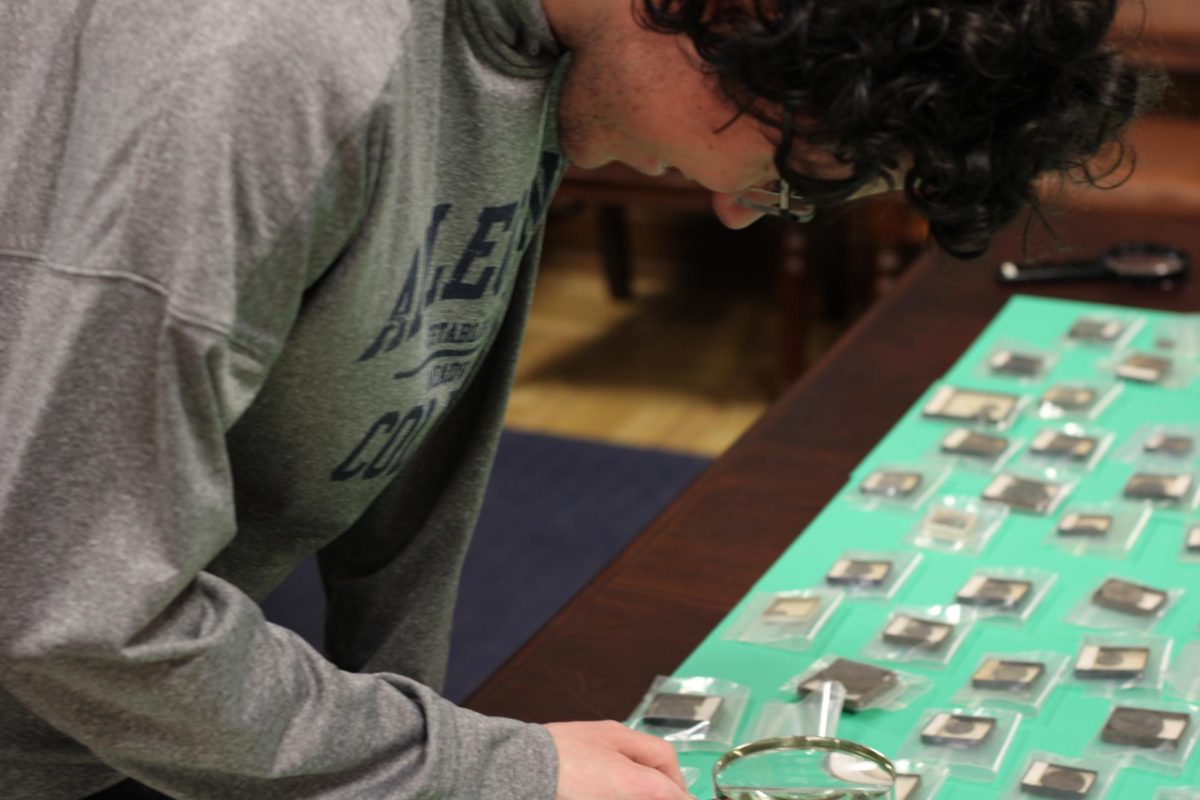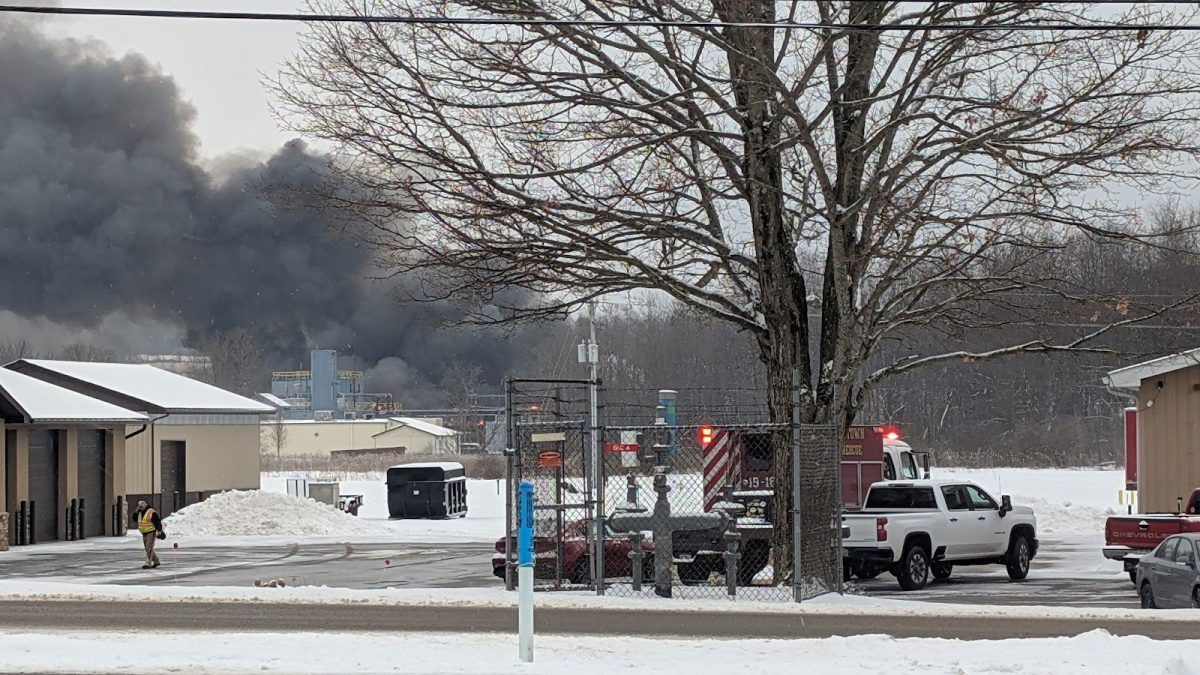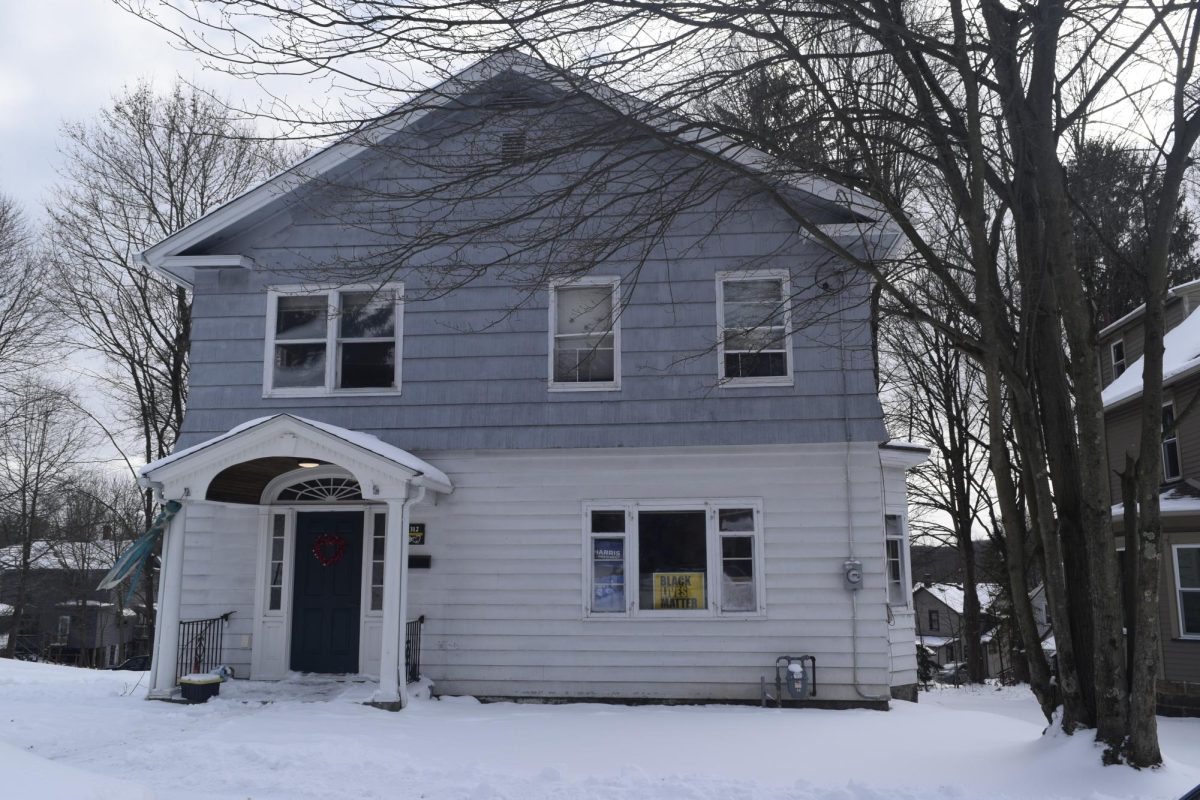On March 11, 2020, the World Health Organization declared COVID-19 a pandemic. Two days later, schools and businesses initiated lockdowns that began at two weeks and ended lasting in various forms for nearly two years. Last month marked the five-year anniversary of the outbreak of COVID.
“We were all working 12-to-14 hour days trying to work out what was happening,” said Ian Binnington, dean for the student experience. “The college was familiar with the pandemic, but not to the extent that what happened in March. When students weren’t able to return to campus after spring break, administrators with the college spent months trying to coordinate how students can get their stuff back, do grades, and also celebrate class of 2020 at the same time.”
Even the college’s grading system had to be changed for the semester after spring break, according to Binnington.
“We switched to something we’d never done before and we’ve never done since, which was that we gave every student the option to take their classes credit or no credit that semester,” Binnington said. “That was not a thing we were set up to do.”
Students were informed that they’d be unable to return to campus in the midst of spring break. Angel Astaria, ’21, international programs manager, was in her junior year when the campus shut down.
“I was an international student, so I was stuck here on campus for those three weeks,” Astaria said. “There was a group of nine or 10 international students who didn’t know what to do. We didn’t want to go home for fear of catching the virus, but we also didn’t want to stay because, you know, there’d be no food. Who’s going to take care of us on campus, because you know, technically the campus wasn’t working? Were facilities going to be open?”
For students who weren’t home during spring break, the college paid for emergency evacuations. Eventually, the entire campus was empty.
In fall 2020, the college opened back up again, but not without the requirement of the new COVID-19 vaccination. If students couldn’t return to campus or opted not to, they were given the option to do virtual programming.“I was able to come to campus, but I know some folks chose not to,” said Sami Mirza, ’24, former editor-in-chief of The Campus. “It felt surprisingly normal, especially in the first few weeks, because, you know, we could do events outside. It felt oddly normal to be at school in that way.”
College journalism was drastically affected during the time of the crisis. Not only was there nobody on campus, but there wasn’t much content to fill the pages.
“Folks might not realize how difficult it is to put together a newspaper when there isn’t a lot of news,” Mirza said. During the COVID pandemic, Mirza served as the photographer and videographer of The Campus.
Some effects of the pandemic on journalism are still evident:“(Local newspapers’) finances haven’t been very good, and a lot of them have been needing to close,” Mirza said. “When you put economic stress on anybody, you know, they’re going to feel it. And newspapers were already in a vulnerable position.”
On the other hand, the college has found it easier to use online resources post-COVID.
“I think there’s a lot of online virtual options, now which is great,” Astaria said. “When I broke my leg, I had to walk to class. But I think a lot of accessibility options have opened up virtually.”
Administrators have found that the pandemic has helped the college react to sudden scenarios quicker. Because the pandemic became so dangerous so quickly, the college now has plans in the case of similar situations.
“We are much more attuned to the idea that the world doesn’t wait for us to catch up to it,” Binnington said. “We need to be ready to react to particular sets of circumstances. I think it’s actually helped us in terms of thinking and planning and dealing with the current government policy environment.”
The worldwide shutdown as a result of COVID still lingers. Masking posters are still seen throughout campuses and businesses, the “six feet apart” stickers haven’t been removed from some places and policies for a positive COVID test still exist.
As flu season ends and allergy season begins, people are encouraged to be aware of their symptoms and react accordingly.
Categories:
Allegheny reflects on the five-year anniversary of the COVID-19 pandemic
A sticker from the pandemic still hangs on the doors to the Philosophy Department in Oddfellows hall.
Story continues below advertisement
2
More to Discover
About the Contributor
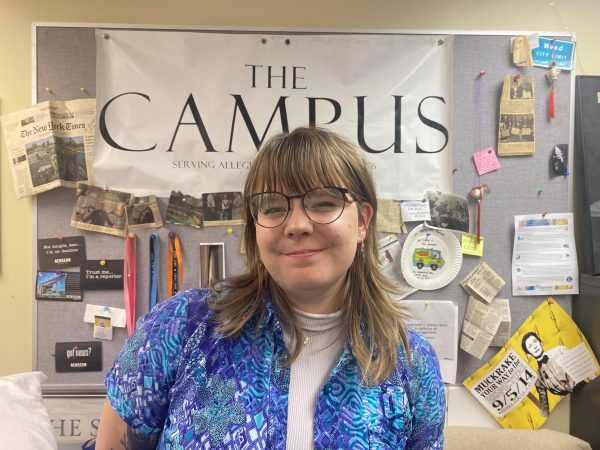
Jay Shank, Staff Writer
Jay is a freshman from Pittsburgh, PA. She is majoring in Creative Writing and double-minoring in Education Studies and Women’s, Gender, and Sexuality studies. This is her first semester as a staff writer, and she especially enjoys writing op-ed’s. When she is not writing, she is probably making (and drinking) coffee at Grounds For Change, taking trips with the Outing Club, or hanging out her my friends!



